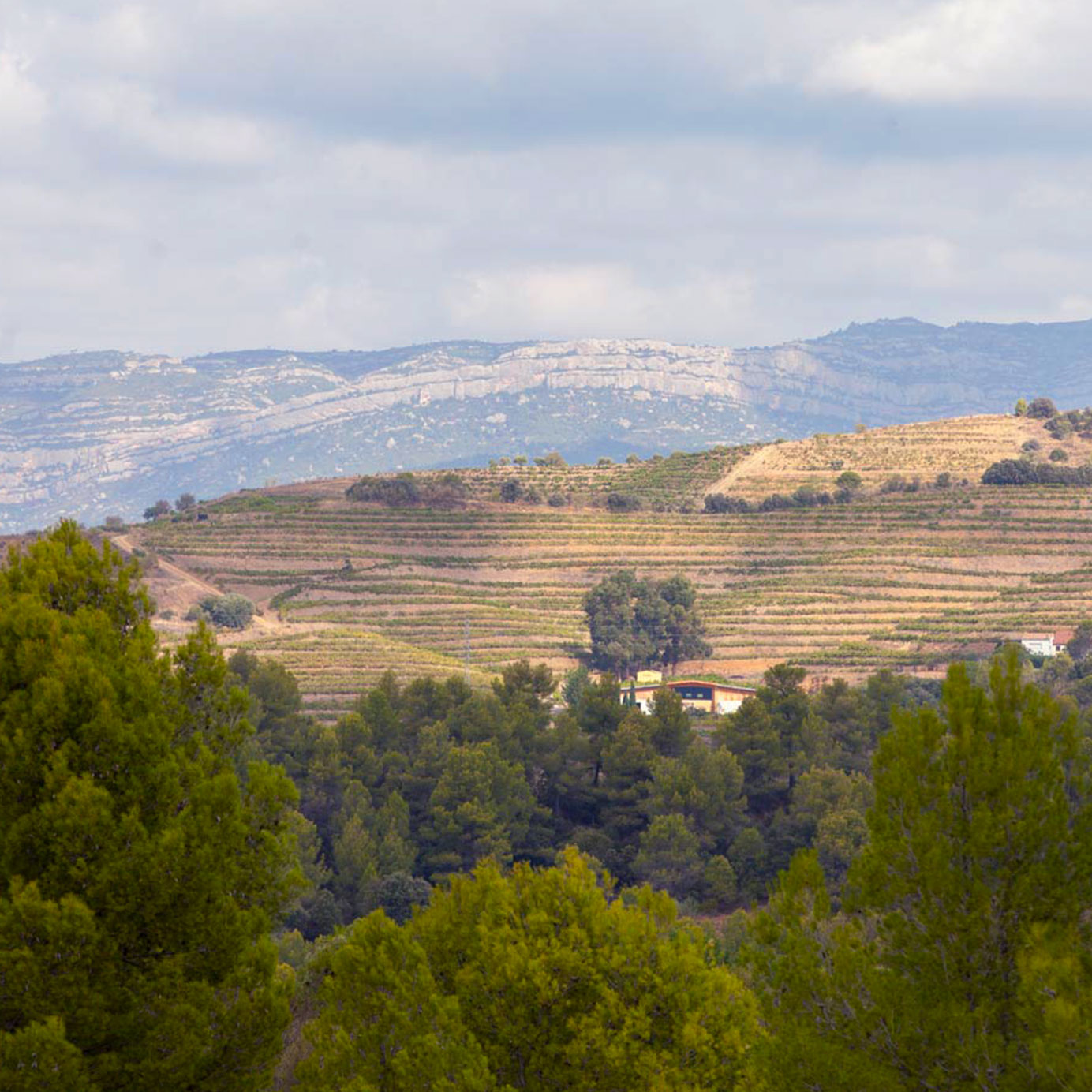Barcelona seems familiar, even to those of us who’ve never been. Everyone has a friend — some of us are that friend — who visited once, as a Eurail Pass-toting undergrad, and still raves about it. They slur the “c” in the city’s name whenever possible, trilling Bahthhhelona with gusto.
But Barcelona is much more than the staging area for vernal romps. The city’s easygoing vibes couple with rich cultural heritage, stirring identity politics and wildly imaginative food and drink scenes. In other words, this is a grown-up destination well worth a visit.
“Barcelona is super modern,” Jing Chen, owner, BlackLab Brewhouse & Kitchen, says. Raised primarily in northern Spain, Chen opened her brewpub in Barceloneta in 2014. She is part of a budding community of craft brewers in the city.
While some comparably sized western European cities feel preserved in amber, Barcelona and its 1.6 million residents are constantly evolving. Chefs reinterpret classical Spanish dishes like paella on cutting-edge gastronomic tasting menus, and apply Slow Food ethos to re-embrace ingredients of the nearby Pyrenees Mountains. The surrounding wine country includes both generations-old Cava producers in Penedès and cutting-edge Prioriat pioneers.
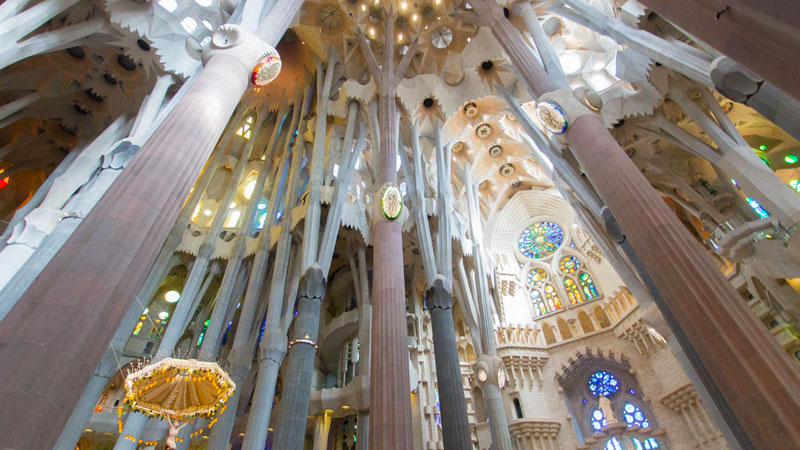
Jonathan Lerner, an American who has lived in Barcelona for more than a decade, finds that many visitors to his adopted hometown “underestimate just how richly layered Catalan cultural heritage is,” he says. “They are so wonderfully surprised to find that there’s more to the city than Gaudí, tapas, and the Ramblas,” he says, comparing the latter to “New York’s Times Square.”
Lerner founded Tailored Tours Barcelona, a travel company, in 2016. This fall, VinePair partnered with Tailored Tours Barcelona to host its first-ever reader trip. Given the absurdly elevated food and beverage scenes we encountered, we felt compelled to share our highlights.
Here is everything you need to experience the best of Barcelona and Catalonia.
Background
Barcelona is the capital of Catalonia, a semi-autonomous region of 7.5 million people in northeastern Spain. Its 1,000-year-old history includes recent prosperity — Catalonia reportedly makes up 15 percent of Spain’s population and produces 19 percent of its GDP — and a contentious relationship with Spain.
In 2010, the Spanish Constitutional Court reduced Catalan sovereignty, and some Catalans feel they are heavily taxed to help Spain recover from the 2008 crash. Last year, in a contested and at times violent referendum, 90 percent of Catalans voted in favor of independence. Spain deemed the referendum illegal, and dissolved the Catalan Parliament for several months.
Today, residents hang the red, yellow, and blue flag of Catalonia from store windows, taxi mirrors, and residential balconies. Most speak Catalan as well as Spanish and, increasingly, English. It’s not insulting to speak Spanish in Barcelona. That said, don’t bring up politics uninvited, and, in conversation, listen more than you speak. This is good advice for travel and for life.
Where to Eat
Disfrutar
Celebrate the legacy of elBulli at this critically lauded Eixample destination helmed by alums Chefs Mateu Casañas, Oriol Castro, and Eduard Xatruch. Avant-garde tasting menus span up to 30 courses and riff on heritage cuisine, such as gazpacho reimagined as a tea sandwich or a Beluga caviar-stuffed buñuelo. Expect sky-high creativity with prices to match. Bookings are accepted up to 180 days in advance and fill up quickly. Location.
Pirineu en Boca
Taste Pyrenees-style Slow Food at this mountain-to-table Eixample restaurant. Owners have close relationships with area farmers, cheesemakers, and winemakers, and are committed to preserving historical recipes and ingredients. “It also doesn’t hurt that they do the best arroz de montana in the city,” Lerner says, describing the soulful dish as “like paella but with meat, seasonal mushrooms, and locally grown herbs.” A front retail section sells charcuterie, dried goods, and fresh cuts from a butcher’s counter. Location.
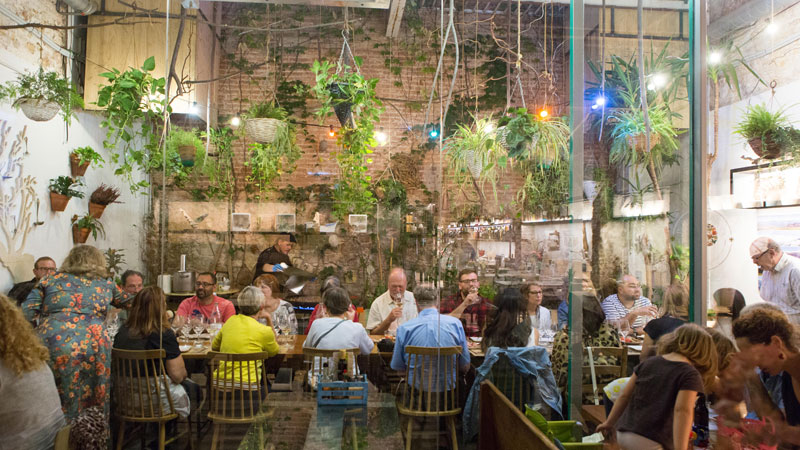
Bodega lo Pinyol
Skip the tourist throngs in Las Ramblas in favor of this buzzy, family-owned taverna in the hip Gràcia neighborhood. Order plate after plate of croquetas, briny sardines with black garlic, and esgarraet, a Valencian red pepper salad studded with flaky bacala, until you absolutely cannot imagine eating one more. Then, have one more vermouth and order dessert. The cozy space is fitted with marble two- and four-tops, ceramic-tiled floors, and barrels of wine and vermouth stacked overhead. Location.
Sucursal Aceitera
Trend and tradition happily coexist at this friendly spot serving classic dishes made with organic and locally sourced ingredients. Located in a bright corner lot in Saint Antoni, Sucursal Aceitera’s chic bar and dining room sit above a tiled cellar formerly used to press olive oil — “aceitera” roughly translates to “oil can.” While locals generally don’t sit down to dinner prior to 7:00 p.m., Lerner says, “aperitif and sweet vermouth culture is so strong in Barcelona, dinner can start with a few drinks and tapas at 6:00 p.m. and go on well past midnight.” Location.
Where to Drink
Morro Fi
Start your night with an aperitif at one of this stylish bar’s multiple city locations. Made with fruit- and botanical-infused white wine, Catalan vermut (vermouth) is undergoing a local renaissance as young Catalans embrace the drink previously associated with grandparents and fusty glassware. At Morro Fi, housemade vermouth is served in cocktails or neat, and garnished with an olive to balance its sweetness with salty brine. The snug outpost in Eixample is long on personality, packing revelers at a slim bar and tables in open-air digs. Multiple locations.
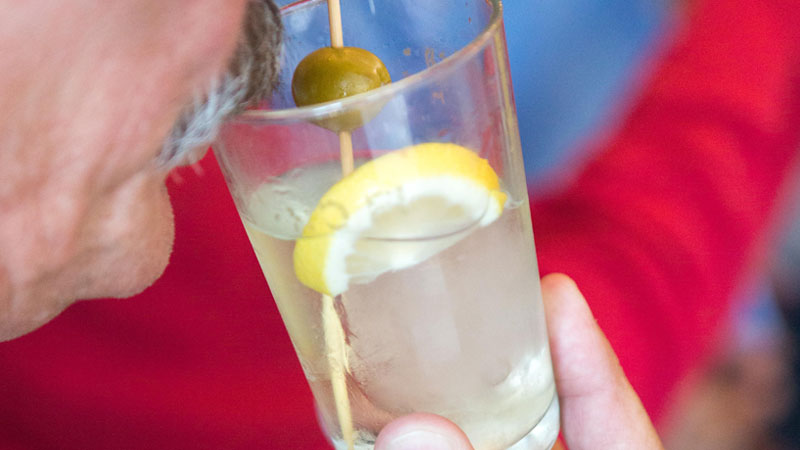
Bar Raim
Sip Cuban rum to a hip-hop- and Son-heavy soundtrack at this Gràcia hangout. Many Catalans feel kinship with Cuba, due in part to its hard-won independence from colonial Spain, and because a sizable Catalan community briefly emigrated there in the 19th century. Unlike slick American bars with “Havana” in the name, though, Bar Raim demonstrates its affection for Cuba without losing its edge. The paint on the walls may be flaking and the well-worn tables mismatched, but the crowd is friendly and Mojitos are stiff. Location.
Garage Beer Co.
Toast craft beer’s global footprint at this coolly industrial Eixample pub decked out with street art, mismatched furniture, and brewing equipment behind (what else?) garage doors. The casual space is filled with hoodie-wearing locals and traveling beer geeks, eager to try Garage’s latest double- and dry-hopped IPAs, berry-infused Berliner weisses, and collaborations with the likes of NYC’s Other Half and Stigbergets in Goteborg, Sweden. Location.
Black Lab
Pair your IPA or apricot sour with Sichuan-spiced pork buns at this seaside brewpub with a full kitchen and killer branding (the dog-logo-emblazoned T-shirts are a popular souvenir). Black Lab brews its thoughtful tap list in a pristine facility onsite, and has sunlit space plus ample outdoor seating a short walk from the beach. Matt Boder, Minnesota-born brewer and co-owner, says that craft beer culture is newer to Barcelona than to Scandinavia, the United Kingdom, and America, but is developing locally among city residents, especially expats. “It’s come a long way,” Boder says. Location.
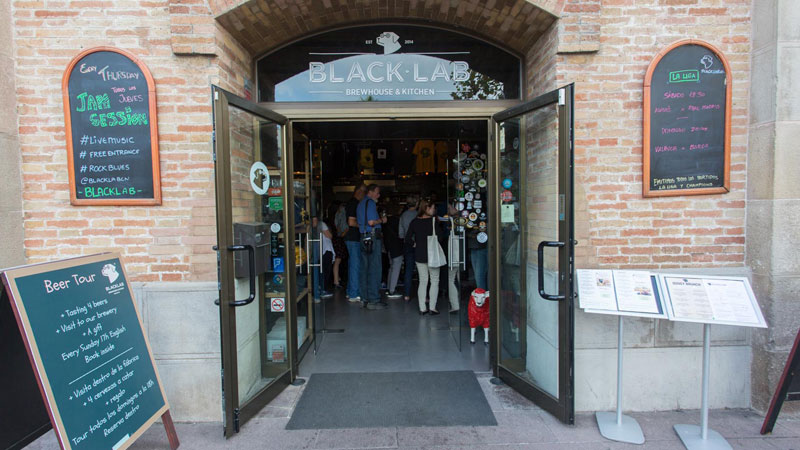
Xixbar
Explore Spain’s gin boom at this quirky Poble Sec cocktail bar located in a former dairy. Since 2005, Xix (the name is a play on the street address, and pronounced “chicks”) claims to have served more than 500,000 gintónics. Options include classic versions and variations made with housemade strawberry or carrot infusions, all served on the rocks in oversized goblets. The accompanying gin shop offers 50-plus spirits for purchase. Location.
Side Trips to Wine Country
Devote at least six hours to visiting Penedès, an ancient winemaking region and relatively new D.O. (since 1960) that sits approximately 35 miles west of Barcelona.
Penedès is best known for Cava, but, thanks to its hilly topography and proximity to the Mediterranean, winemakers also grow classic Spanish reds like Garnacha (Grenache), Cariñena (Carignan), and Tempranillo, as well as Merlot and Cabernet Sauvignon. The area’s ample white wine grape production includes Macabeo and Chardonnay, most of which is indeed used in sparklers.
Call or email in advance to reserve a tour and tasting at Bodega Cava Guilera, a family-run, 1929 estate. Its Brut Nature Gran Reserva 2009 was recently named the year’s best sparkling wine at the October 2018 Vinari Awards, an annual Catalan wine prize. The impossibly picturesque grounds include an outdoor terrace with picnic tables.
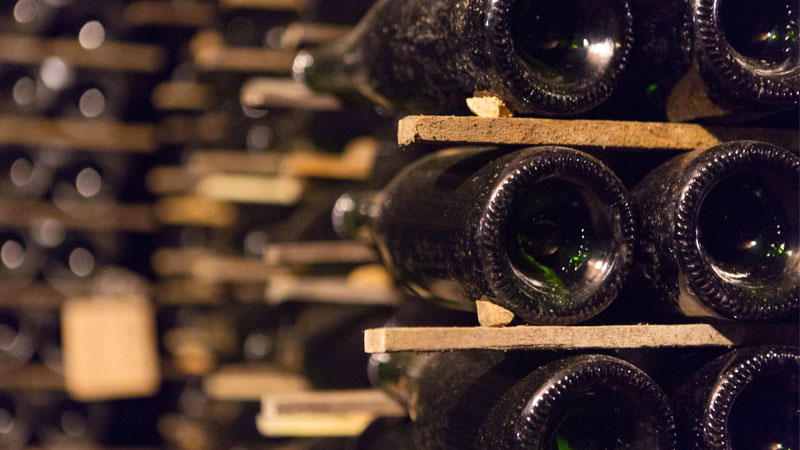
Modernists and wine geeks alike will swoon for Priorat, another ancient viticultural region flush with momentum. It is situated some 85 miles southwest of Barcelona.
The 19th century was tough for Priorat winemakers — state-sponsored asset distribution and a bout of phylloxera reduced vineyard acreage from 12,350 to 1,500 — but, as of 1989, creativity and cult wines abound. Producers like Clos Mogador specialize in site-specific, estate-bottled wines made with local Garnacha and Cariñena as well as Cabernet Sauvignon, Merlot, and Syrah.
Clos Mogador hosts very small groups for tours four days a week, so reserve well in advance. You can also try your luck calling or emailing to visit Clos Pisarra, the winery created by Miura Vineyards’ Emmanuel Kemiji, a Master Sommelier, among others.
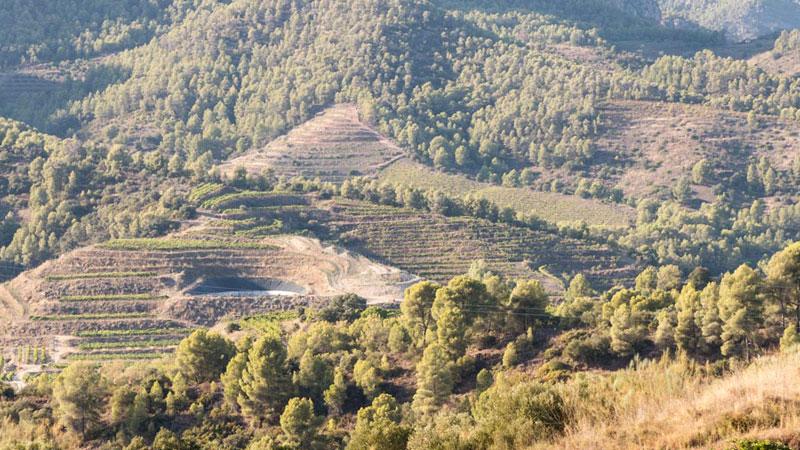
Where to Stay
Praktik Hotels, a fleet of four boutique properties in Barcelona and one in Madrid, offers stylish digs with individual themes (there is a pastry counter in the lobby of Praktik Bakery) at exceedingly reasonable prices. Rates start at €59 per night at Hotel Praktik Garden.
Casa Bonay has 67 modern rooms in an 1869 neoclassical building in Eixample, plus a rooftop terrace serving tapas and natural wine, and chic ground-floor cocktail bar, Libertine. Rates start at €126 per night.
The Mandarin Oriental Barcelona on Passeig de Gràcia has 120 rooms and suites with Corian-designed baths, a roof terrace with tiny albeit glamorous plunge pool, and a two-Michelin-starred restaurant, Moments. Rates start at €425 per night.
